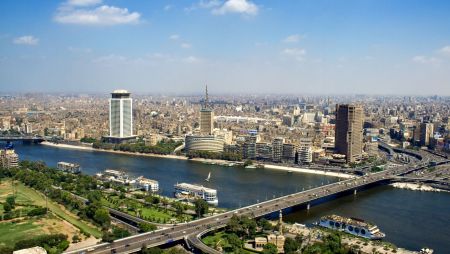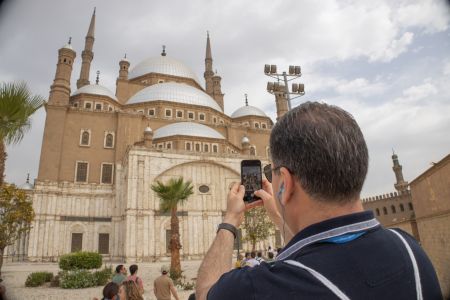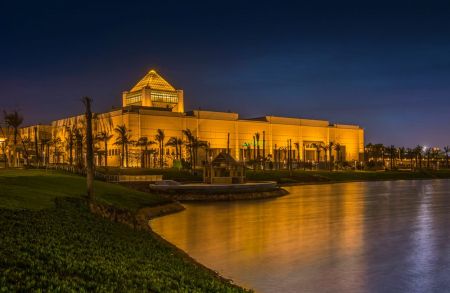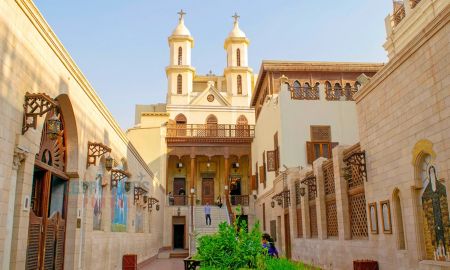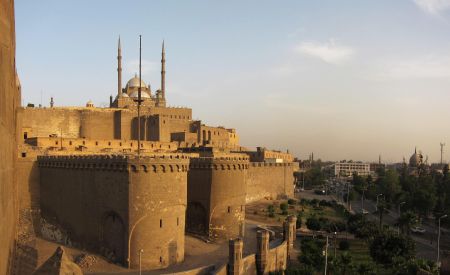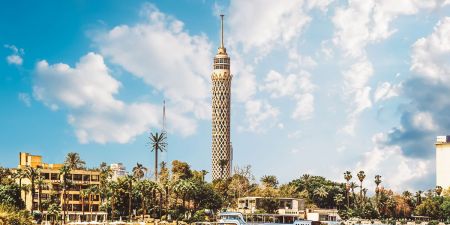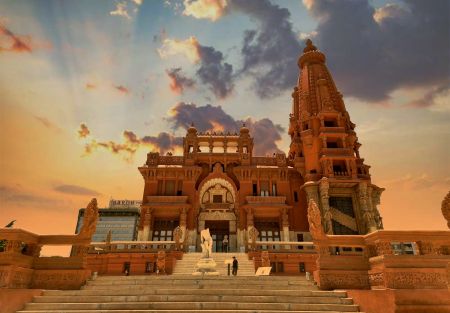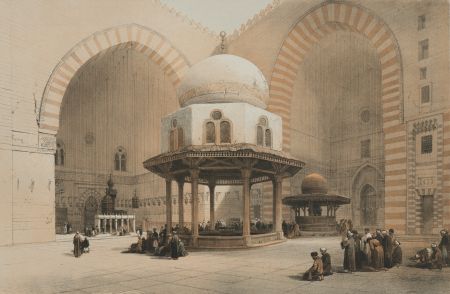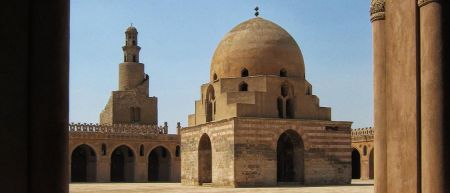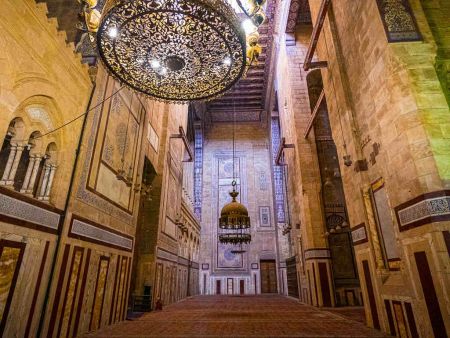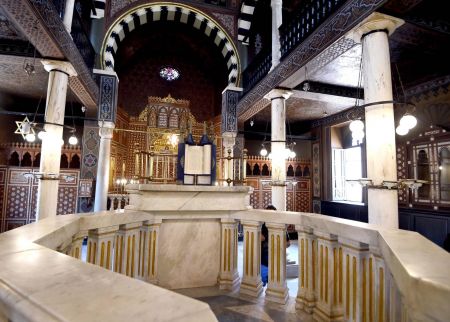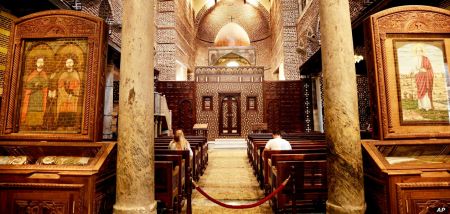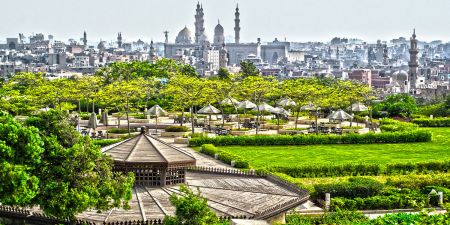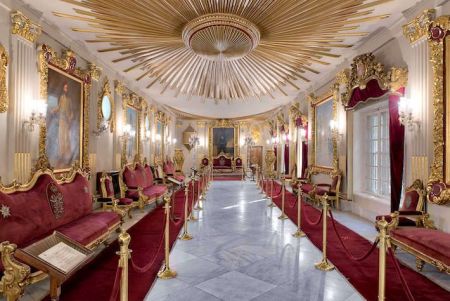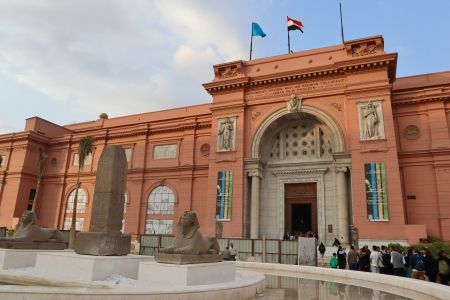Khan al-Khalili : The Timeless Heartbeat of Egypt’s Bazaar Culture

Tucked away in the narrow alleys of Islamic Cairo, Khan al-Khalili is not just a market — it’s an unforgettable experience. For over 600 years, this sprawling bazaar has been a magnet for travelers, traders, and storytellers. With its ancient architecture, vibrant atmosphere, and maze of shops, it remains one of the oldest and most famous souks in the Middle East.
A stroll through Khan al-Khalili is a sensory overload: the scent of spices and incense, the shimmer of handcrafted silver, the call of merchants bargaining in Arabic, and the rhythm of life in Egypt's capital echoing through the alleyways. Whether you’re hunting for authentic souvenirs, sipping mint tea in a historic café, or simply soaking in the culture, this bazaar offers something no mall ever can --living history.
A Rich History Rooted in Trade and Empire
Founded in the Mamluk Era
Khan al-Khalili was established in 1382 AD by Emir Djaharks el-Khalili, during the Mamluk period, as a major hub for trade and commerce. It was built on the site of a former Fatimid-era cemetery, and over the centuries, the area expanded to become Cairo’s commercial center for goods from Africa, Asia, and Europe.
In the centuries that followed, the market attracted Ottoman merchants, European traders, and pilgrims en route to Mecca. Its caravanserais (khan) and waqf institutions were essential to Islamic Cairo’s urban fabric, blending commerce, religion, and hospitality.
Architectural Charm That Withstood Time
Today, Khan al-Khalili still retains Mamluk arches, wooden mashrabiya windows, stone pathways, and copper lanterns that feel like they belong to another century. Many of the khans (courtyards) still bear their original layout, and Islamic calligraphy is etched into the walls of nearby mosques and gates — especially the famed Al-Hussein Mosque, just steps away.
What to Buy at Khan al-Khalili
Traditional Egyptian Souvenirs and Handcrafts
This is Cairo’s top spot for souvenir shopping, with hundreds of stalls and shops selling everything from the kitschy to the sublime. Top items to look for include:
* Handmade silver and gold jewelry
* Mother-of-pearl inlaid boxes
* Spices, herbs, and essential oils
* Arabic calligraphy art and papyrus scrolls
* Belly dance costumes and galabeyas
* Copper lamps and traditional lanterns (fanous)
* Backgammon sets, oud instruments, and shisha pipes
Pro Tips for Bargaining
Haggling is part of the culture. Vendors expect you to bargain — it’s a game of wit and charm. Start by offering about half the asking price, stay friendly, and don’t be afraid to walk away if the price doesn’t suit you. Many shopkeepers even offer tea during negotiations, turning it into a social ritual.
Must-Visit Spots Inside Khan al-Khalili
El-Fishawy Café: Cairo’s Oldest Coffeehouse
Dating back over 200 years, Café El-Fishawy is a legendary hangout. Writers, politicians, musicians — even Nobel laureate Naguib Mahfouz — were known to frequent this dimly-lit, mirror-walled coffee shop. It’s open 24/7 and serves strong Turkish coffee, mint tea, and shisha in a timeless atmosphere.
Sayyidna Al-Hussein Mosque
Located near the southern edge of the bazaar, Al-Hussein Mosque is one of Egypt’s holiest Islamic sites, believed to be the burial place of the Prophet Muhammad’s grandson. The mosque’s green-domed minaret and marble columns provide a peaceful contrast to the bustle outside.
Al-Azhar Mosque and University
Across from the Khan, Al-Azhar Mosque, founded in 970 AD, is both an architectural marvel and one of the oldest operating universities in the world. Visitors can enter the mosque (with respectful attire) and marvel at its grand courtyards, marble columns, and centuries-old minarets.
Cultural Experiences Beyond Shopping
Street Performances and Sufi Music
By night, Khan al-Khalili transforms. The alleys fill with street performers, Sufi musicians, and dancers. Sometimes you’ll stumble upon a tannoura dance — a mesmerizing whirling performance echoing Sufi traditions.
Artisan Workshops and Family-Owned Shops
Behind the front stalls, you’ll find artisans working with copper, leather, wood, and glass using centuries-old techniques. These workshops often pass from one generation to the next, keeping Egyptian craftsmanship alive in the heart of Cairo.
How to Visit Khan al-Khalili
Location and Getting There
Khan al-Khalili is located in Islamic Cairo, near Al-Azhar Street and Midan Al-Hussein. It’s accessible via:
* Taxi or Uber from downtown Cairo (15–20 minutes)
* Metro to Attaba station, followed by a short walk or tuk-tuk ride
* Walking tours that include nearby landmarks like Bab al-Futuh, Sultan Hassan Mosque, and Al-Muizz Street
Best Time to Visit
* Mornings (10 AM to 12 PM) are quieter, ideal for shopping
* Evenings (after 6 PM) are vibrant and lively, but more crowded
* Ramadan nights are magical, with lanterns, sweets, and festive music
Searchable FAQs about Khan al-Khalili
Is Khan al-Khalili safe for tourists?
Yes, it’s a popular, well-patrolled area. Still, keep an eye on personal belongings and avoid late-night solo strolls through alleys.
What are the best things to buy at Khan al-Khalili?
Handcrafted jewelry, brass lamps, spices, traditional clothes, and Egyptian cotton products.
Are prices fixed at Khan al-Khalili?
No. Bargaining is expected — it’s part of the fun and tradition.
Can I use credit cards in the shops?
Some larger stores accept cards, but most stalls prefer cash in Egyptian pounds.
Is it open every day?
Yes, but Fridays may have reduced hours until after the noon prayer. Evening is the most active time.
Khan al-Khalili: Cairo’s Living Bazaar of History, Culture, and Commerce
Khan al-Khalili isn’t just a market — it’s a window into Cairo’s soul. Whether you’re admiring hand-carved lanterns, chatting with a fourth-generation silversmith, sipping mint tea beneath centuries-old arches, or getting lost in a swirl of spices and stories, the experience is utterly authentic and unforgettable.


